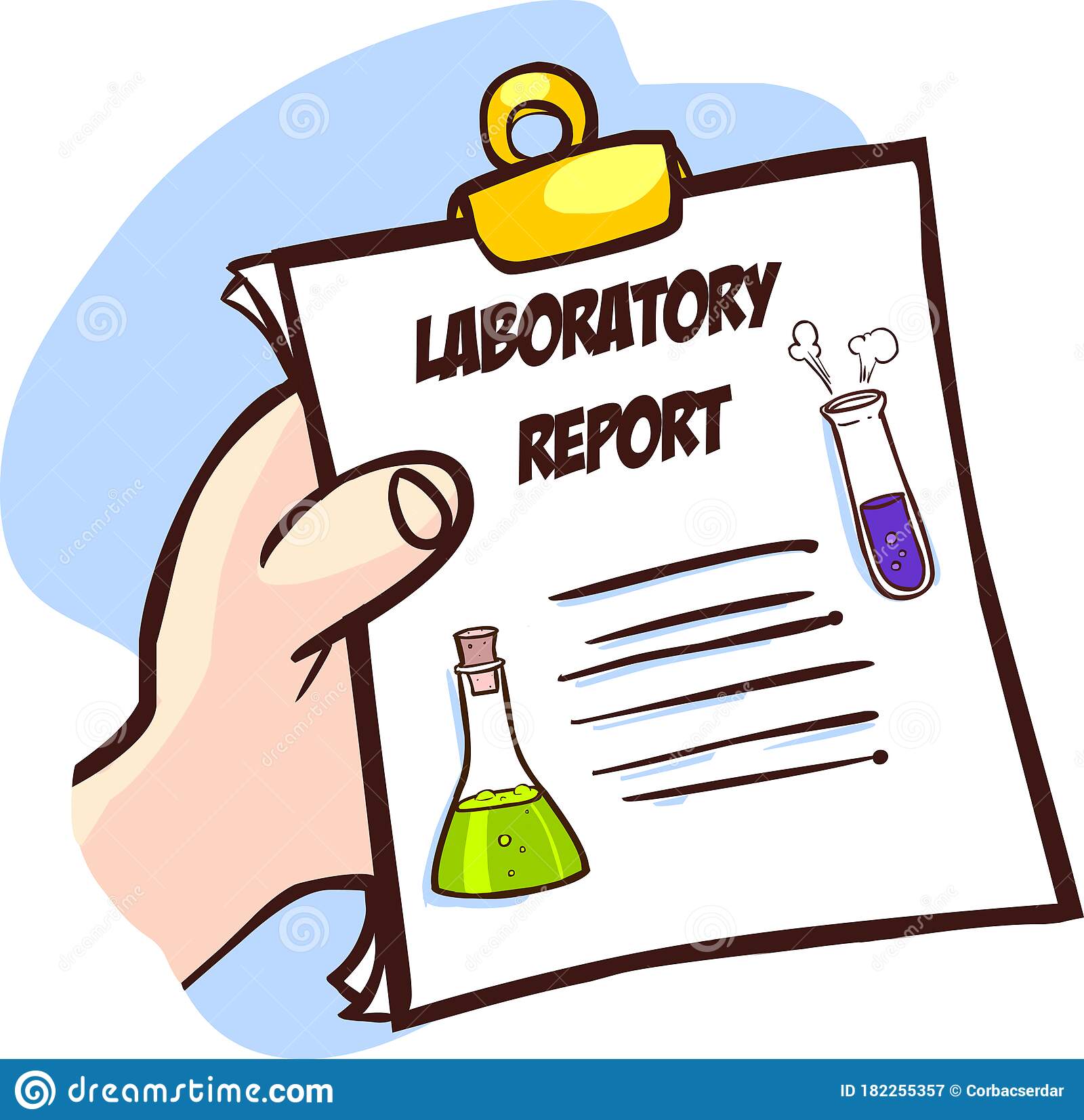If you’re like most students, you probably think that the introduction and discussion are the most significant parts of a lab report. After all, these are the sections that allow you to introduce your experiment and present your findings.
An introduction and discussion sections are the most important in a lab report, and that’s why they cause more problems while writing. Students who don’t know how to write these sections should buy lab reports online. They will receive samples that will give them a full understanding of how to write not only an introduction and a discussion section but other parts as well.
Part 1: Introduce a Lab Report
A report introduction’s purpose is to state the project’s aim and provide background information. State the subject of your paper clearly and succinctly (in one or two sentences). Give background theory, past study, or formulas that the reader should understand. In most cases, an instructor will not want you to repeat everything in the lab manual; instead, they want you to demonstrate your grasp of the issue.
What questions should a good report introduction answer?
WHAT IS THE ISSUE?
Describe the issue you’ve investigated. To give context, key terms, and ideas to your reader, summarize relevant research.
WHY IS IT SIGNIFICANT?
Create a research plan that includes specific questions and hypotheses, as well as information on how you will answer them. What conflict, untested population, unanswered question, or untried method in research does your study address? How will you question or extend the discoveries of previous researchers?
DO YOU HAVE A SOLUTION TO THE PROBLEM?
In a paper, the introduction should provide a brief description of your experiment. A research question, hypothesis, general experimental design, and a justification for your approach (if alternatives exist) should all be outlined in the first paragraph.
How to Write a Report’s Introduction
- Go from the broad to the particular – from your study’s problem to the specifics of your experiment.
- Expose your reader to information they want to know. Answer two questions: “Was my experiment successful?” and “Why should readers care?”
- Find out the connections between problems and solutions, research designs and questions asked, and prior studies and your experiment’s specifics.
- When you’re writing a paper, there’s always a fine line to walk between displaying your understanding of the material and stating what you learned.
- For writing the introduction, ask a teacher whether you need to summarize the results and make conclusions.
- The experiment has already been completed. When discussing the experiment, use the past tense. “The purpose of the study was to…”
- Because the report, permanent equipment, and theory still exist, use the present tense to describe them: “The goal of this paper is…” “Bragg’s Law for diffraction states that…” “…micrographs were produced by the scanning electron microscope.
Part 2: Writing the Lab Report’s “Discussion” Section
This section is the most crucial portion of your lab report since here you must demonstrate that you have not simply completed the experiment but also that you comprehend its broader implications. The discussion area is for placing laboratory findings in the context of a larger theory. Consider: “What does the data signify or mean?”
Discussion Structure Elements
ANALYSIS
What do the findings suggest clearly? What you know for sure is based on your results and drawing conclusions.
INTERPRETATION
What does your research tell us? What gaps in knowledge exist? What logical explanations are there for issues with the data? What questions may you ask regarding the methods employed or the study’s validity? What can be logically inferred from your findings?
Tips for Writing the Section of Discussion
- PRESENT YOUR RESULTS IN THEORY-BASED LEXICAL DEFINITIONS.
- INTRODUCE THE CHAPTER WITH SOME INFORMATION ABOUT YOUR EXPERIMENTAL OBJECTIVE(S).
- EXAMINE THE ACTUAL RESULTS AGAINST THOSE THAT WERE PREDICTED.
However, there’s another section of a lab report that is just as important: the materials and methods section. This is where you describe how you conducted your experiment and list all of the materials you used.
Without this section, your readers wouldn’t be able to replicate your experiment or understand how you arrived at your conclusions. So while the introduction and discussion may be the most exciting parts of a lab report, make sure to give the materials and methods section its due attention!



